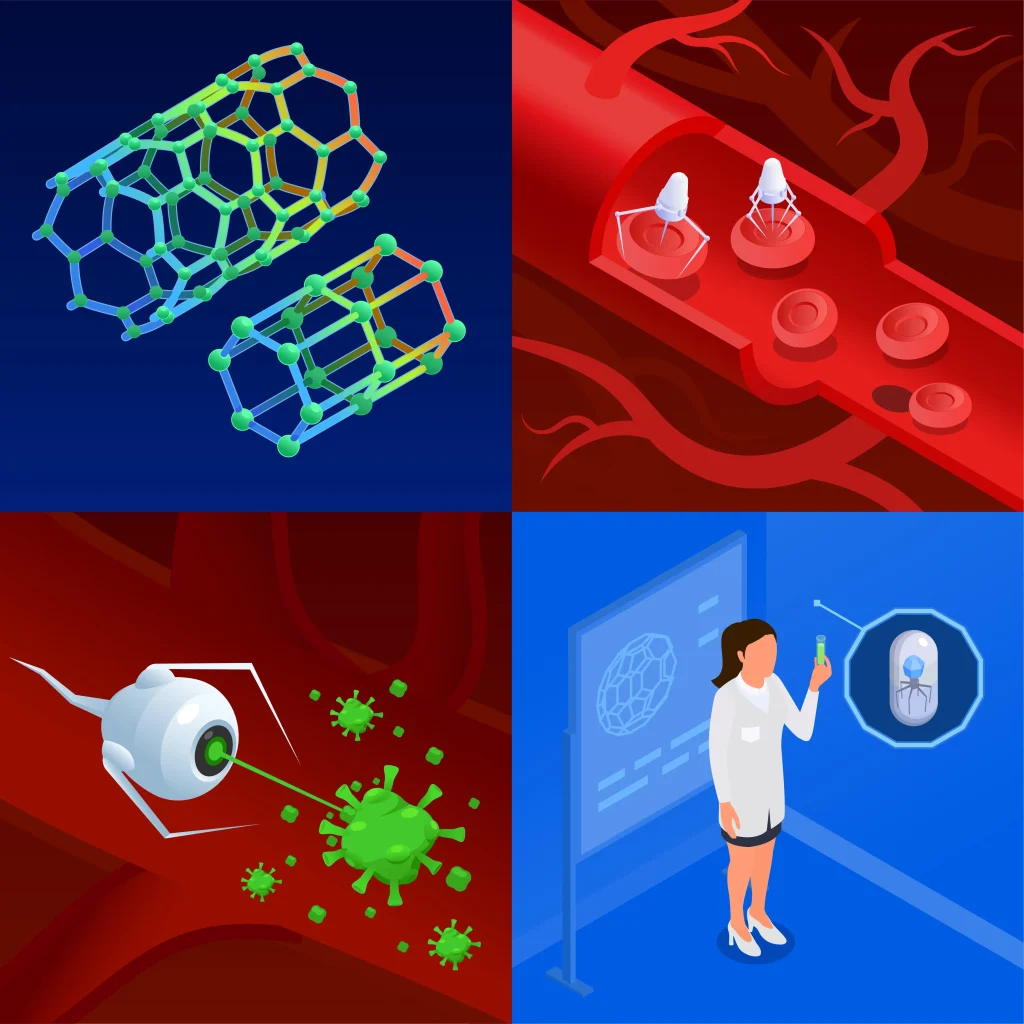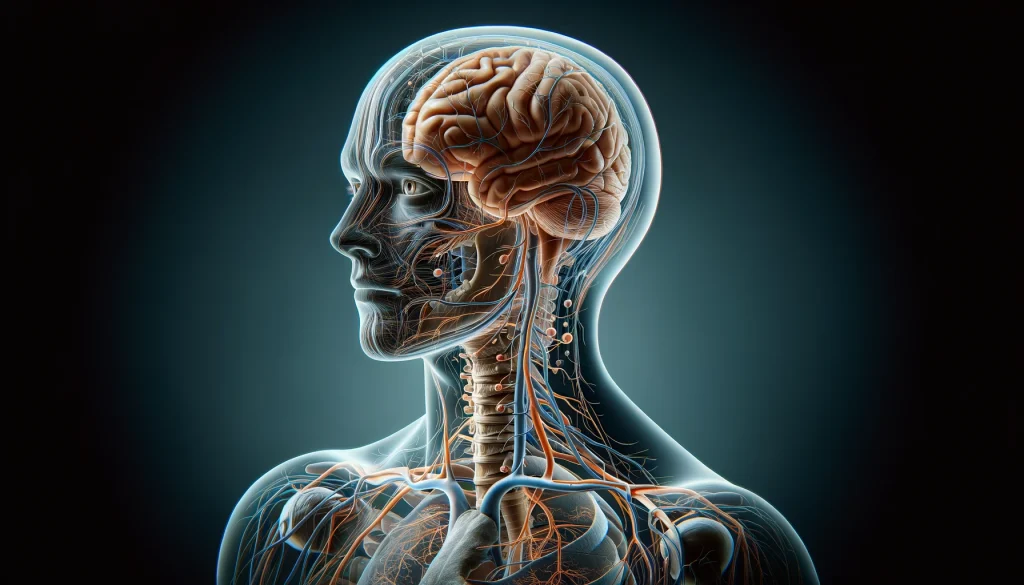Alkanes, Alkenes & Conjugate Dienes Notes U-2
Buy Premium
Get The High-Quality Pdf Notes on App
Alkanes
- Introduction to Alkanes
- Preparation, Reactions and Applications
- SP³ Hybridization in Alkanes
- Halogenation of Alkanes
Alkenes
- Introduction to Alkenes
- Preparation Methods and Chemical Reactions
- Stability of Alkenes
- SP² Hybridization in Alkenes
- E1 and E2 reactions
- E1 and E2 Reactions: Kinetics, Reactivity, Carbocation
- Factors affecting E1 and E2 reactions
- Ozonolysis of Alkenes
- Electrophilic addition reactions
- Markovnikov’s Rule
- Free Radical Addition to Alkenes
Conjugate Dienes
- Conjugated dienes
- Methods for Preparing Conjugated Dienes
- Important chemical reaction of Conjugated Dienes
- Stability of Conjugated Dienes
- Diels-alder reaction
- Electrophilic addition
- Free radical addition reactions of conjugated dienes
- Allylic rearrangement
Other Units of Human Anatomy-II
Pharmaceutical Organic Chemistry I
Other Subjects of B Pharmacy 2nd Semester
Topic wise notes of:
Pathophysiology
- Cell injury & Inflammation U-1
- Cardiovascular, Renal System U-2
- Respiratory & Urinary system U-3
- Haematological Diseases U-4
- Bones Diseases, Cancer U-5
Topic wise notes of:
Biochemistry
- Nomenclature & Isomerism U-1
- Conjugate Dienes U-2
- Alkyl Halides & Alcohols U-3
- Carbonyl Compounds U-4
- Carboxylic Acids U-5
Topic wise notes of:
Human Anatomy & Physiology II
- Nervous system U-1
- Digestive system & Energetics U-2
- Respiratory & Urinary system U-3
- Endocrine System U-4
- Reproductive System U-5
Alkanes, Alkenes, and Conjugated Dienes – Summary
Unit II explores the chemistry of alkanes, alkenes, and conjugated dienes, providing in-depth insight into their structure, reactions, and mechanisms. To begin with, the unit discusses sp³ hybridization in alkanes, emphasizing their tetrahedral geometry. It also covers the halogenation of alkanes as a key substitution reaction and highlights the uses of paraffins in various industrial applications.
Moving forward, the unit examines alkenes, focusing on their sp² hybridization and the stability of double bonds. Detailed discussions include E1 and E2 elimination mechanisms, along with factors that influence these reactions such as carbocation rearrangements, Saytzeff’s orientation, and kinetic behavior. Comparative analysis of E1 vs. E2 reactions is also provided.
The unit continues with important electrophilic addition reactions, including ozonolysis, Markovnikov and anti-Markovnikov orientations, and free radical additions. These reactions are critical for modifying alkenes into more functional molecules.
Lastly, the unit introduces conjugated dienes, explaining their enhanced stability and unique reactivity. Reactions such as the Diels–Alder reaction, electrophilic addition, free radical addition, and allylic rearrangement are explored, demonstrating their synthetic utility.
At FirstHope, we provide BPharm semester 1 notes that are topic-wise, easy to understand, and designed strictly as per the AKTU and Other Universities, hence designed according to PCI syllabus.



